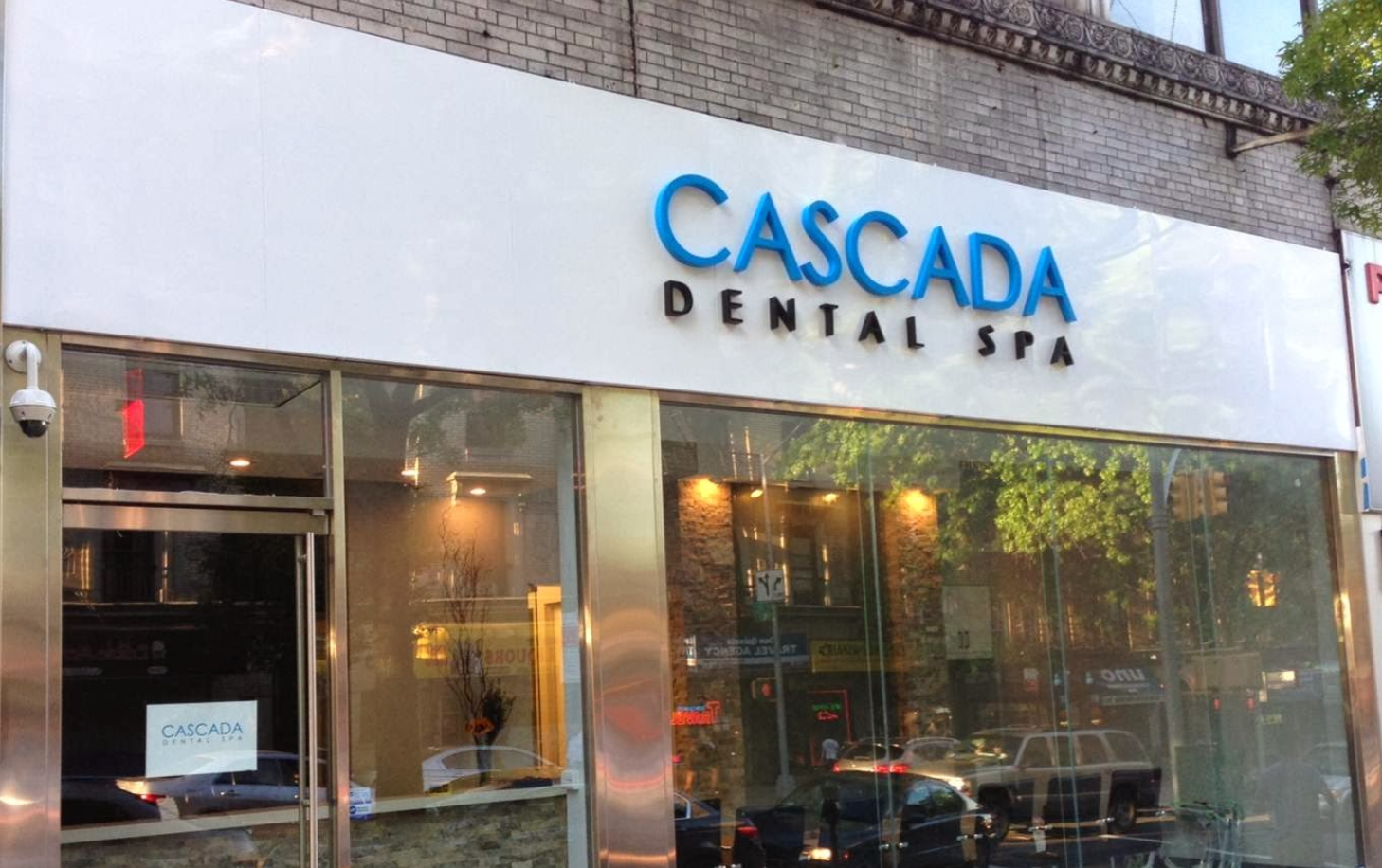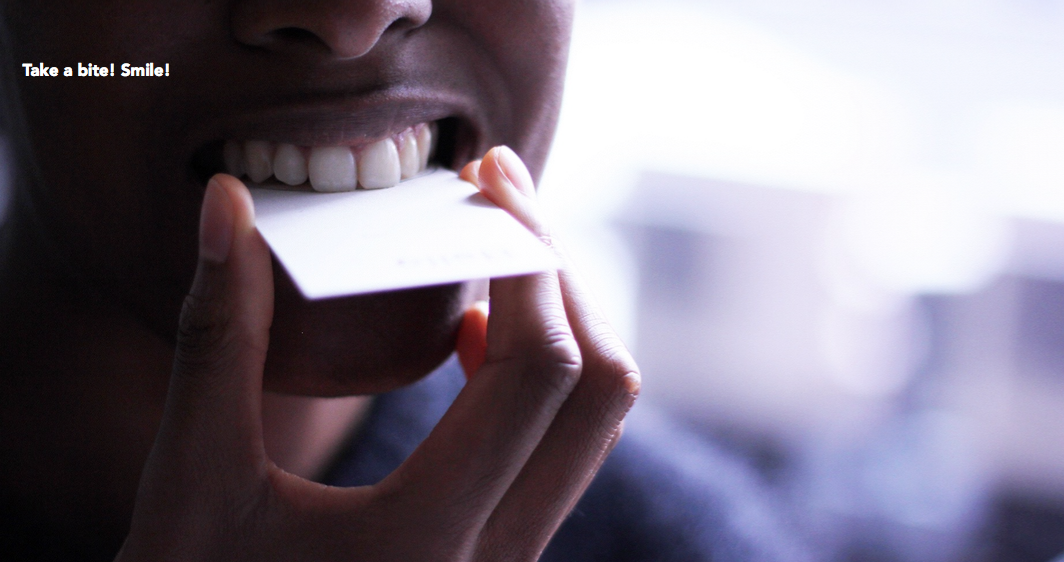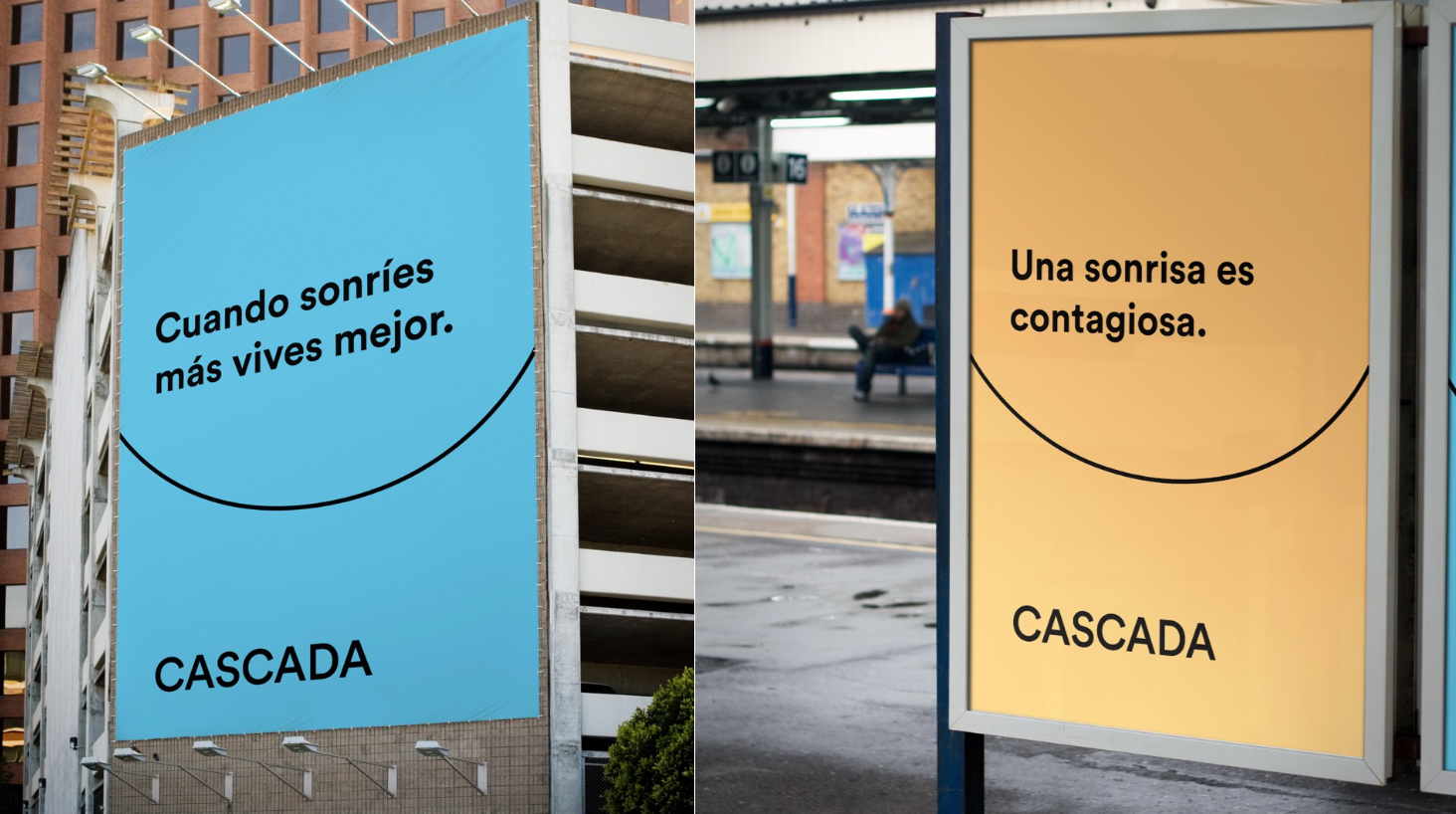Design Interventions
Design Outputs
A five-week workshop led by Kyla Fullenwilder, Design for Social Innovation: Design Outputs, saw the Products of Design second years tackle a dental startup’s organizational woes.

“You Deserve Better”
Cascada Dental Spa is a dental startup that serves both private health insurance holders and Medicaid patients. The founder’s mission is to make dental health care accessible to more people. Cascada treats low income patients to an environment a cut above the squalor and the +3 hour waits typically offered by other public clinics.
Cascada Dental Spa is an elegantly appointed dental clinic located on the far upper west-side of Manhattan. With its marble interiors, cascading fountain wall, and floor to ceiling windows, it is easily confused for a spa.
After speaking to the founder, a few issues came to light:
Cascada has trouble retaining new customers and encouraging adherence to appointment times. As a result, difficulties arise in scheduling for those who arrive on time. Disorganization led to disgruntled patrons, which in turn meant fewer return visits. Some disgruntled patrons also left negative reviews, which could potential contribute to fewer new patients. Additionally, the public healthcare patients, accustomed as they are to hour long wait times, would often not show up to appointments, believing that they would not be missed.
My group members and I believed much of this could be mitigated by shifting public perception, strengthening patient-doctor relationships and tying in physical design interventions with Cascada’s internal policy.
The design team focussed on touching up the brand and making it more accessible and relevant. We also designed a playfully speculative, but thought-provoking interaction around the ritual of finishing up a patients appointment.
Intervention 1: Mood-board and color-way
Cascada, in keeping with its spa-like interior design, had a lot of cold blues and whites; glass and chrome. While this conveys a sense of cleanliness and efficiency, it wasn’t necessarily reflected in their service. There were inefficiencies caused both by staff errors and by patients showing up either late–or not all.
The designers decided to bring in a clean, more modern aesthetic, adding a pop of color, the softer rendition of the tangerine found on the operating room seats.


Intervention 2: The Bite Appointment Card
This quirky intervention came about after hearing from patients that relationship with the doctor was very important to them. A doctor who knows your first name and follows up with a phone-call went a long way to improving perception. We also heard that sometimes they were unsure as to when their next appointment was. We designed to bite indent card to add a little play to the doctor-patient sign-off, and also encourage the front desk to clarify the time and date of a patient’s next appointment.




In the designer’s words: “The Bite Appointment Card is a takeaway that helps patients and doctor build relationships. The ritual of biting the card over treatment periods and penning the patient’s name alongside the doctor’s personal information is a humorous and engaging reimagining of the end of a dental visit.”
Intervention 3: Ad Campaign
Once we settled on an aesthetic, we designed campaigns that would be distributed throughout the city. Cascada is on West 181st street in Manhattan, which makes for a long trek for most people. In order to draw a more diverse and broader ranging clientele, they decided to incorporate punchy, but soothing, and charming colors into the ad posters. The main slogan we developed was: “It starts and ends with a smile.”, a pun that references both the service and the act of opening the mouth for treatment. It also references the speculative ‘Bite Appointment Card”, where, in order to capture the indent of their teeth, a patient would need to smile (grimace). This we expanded to sayings that stress the importance, health-wise of smiling. We also developed Spanish language posters as the majority of Cascada’s current patients are Spanish speaking.


Documentation







